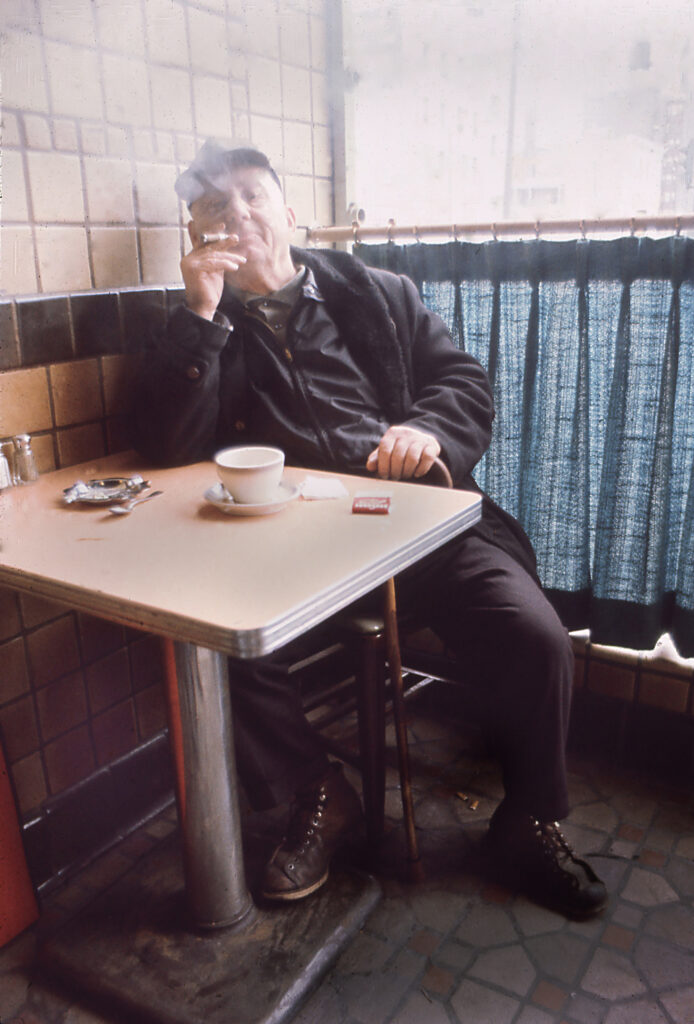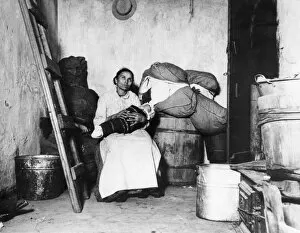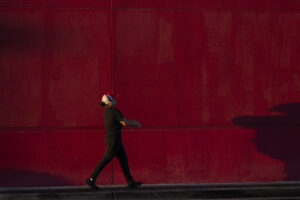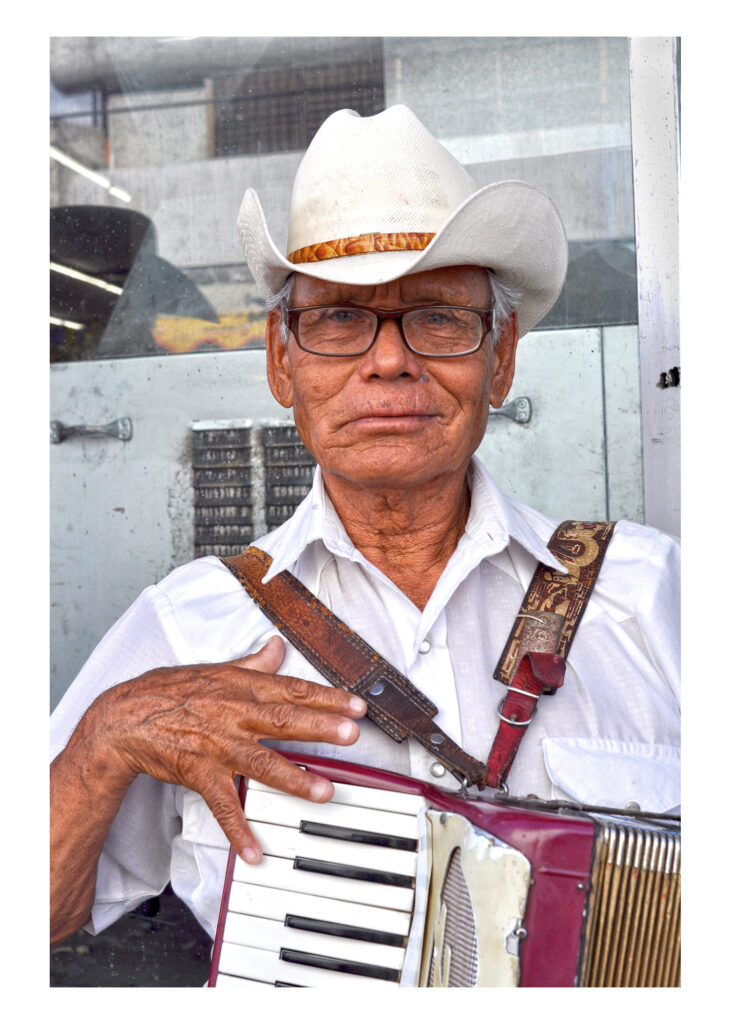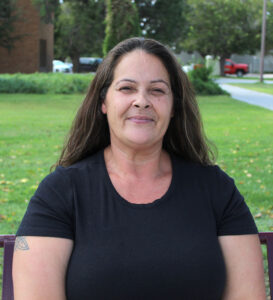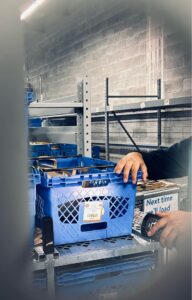Photojournalism Paper
Photojournalism has a simple definition, but that is not to say it is a simple subject. Photojournalism is capturing and telling a story through pictures. However, with that being said, photojournalism captures the truth of humanity, including the parts that may sometimes be overlooked. It can portray the happy, joyful, and celebratory moments, but also show the devastating, awful, and simply hard parts of life. Photos can have a profound impact, and photojournalism is the same—it preserves a specific, perfect, moment and emotion in time.
Newspapers over the years have seen a steady decline of photographers; as with the lack of newspaper funding, writers are now tasked with taking photos for their own articles, and photographers are left to find work unaffiliated with the paper. Photographers saw the most decline in the late 2000s, but newspapers today are still cutting positions. Most photographers are having to look elsewhere for job positions.
There are a few options to make a living as a photojournalist in today’s news and corporate industry. Although it is on a steady decline, there are still a few positions open at newspaper companies or even in magazines; however, these positions do not guarantee job security nor above average pay. On the other hand, photographers can gain positions in broadcast journalism as documentary shooters, or become a freelancer and sell photos to media companies. With that being said, on top of their career, photojournalists can submit their projects for competitions or even museum exhibitions.
| Era: | Photo: | Reflection: |
1930S – 1950s | 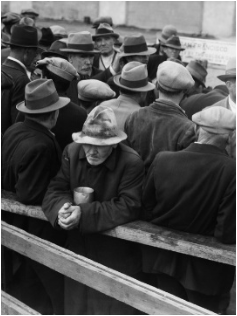 Dorothea Lange Dorothea LangeFigure 1: Dorothea Lange, 1933 San Francisco men wait outside a soup kitchen during the Great Depression | I find this photo moving because it is one of the first street photos Dorothea Lange took, and yet she perfectly conveys the desperation of these men. The light is likely right above these men. She must have waited for that “decisive moment” to take the photo because she is watching a crowd of people who are constantly moving. The focus is the man almost in the center of the photo. The simplicity of the photo makes it great. It would be possible to create a photo like this in Las Cruces or El Paso, but one would have to wait for an event or find a highly trafficked area. |
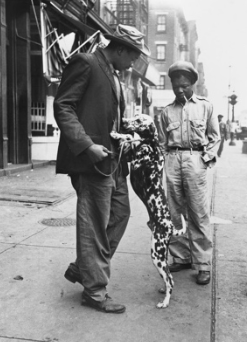 Richard Avedon Figure 2: Richard Avendon, 1949 Two men walking in Harlem, New York | I was moved by this photo because it was lighthearted. The sun must be shining down on the street. The focus of this photo is the man and the dalmatian, but the photo had to be taken at the right moment when the dog jumped up. This photo is great because of the balance and symmetry of the photo, warmly capturing street life in Harlem. A photo like this might be a little hard to recreate, but it could be done in downtown Las Cruces or El Paso. | |
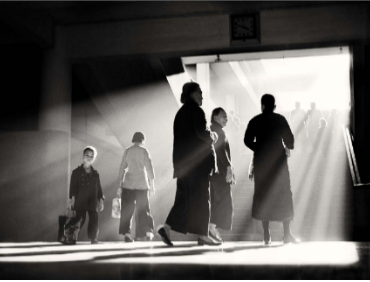 Fan Ho Figure 3: Fan Ho, 1959 Afternoon chat in Hong Kong | This photo by Fan Ho was artfully crafted, and is moving because all of the elements, light, composition, etc. come together to produce a beautiful photograph. The light is coming down the tunnel making silhouettes in the opening and illuminating the women and child at the bottom. Fan Ho must have waited for that “decisive moment” to take this photo because the child just perfectly turned. The focus of this photo is on the little boy turned toward the camera. Once again this photo is great, because as mentioned above, all of the components perfectly come together for this photo. I don’t think this photo could be recreated in this area. | |
1960S – 1980s | 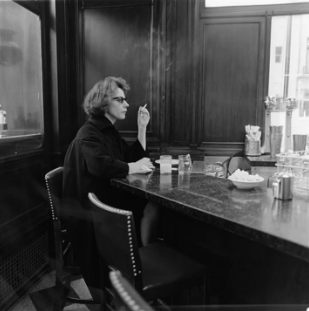 Diane Arbus Figure 4: Diane Arbus, 1962 Woman smoking at a counter in NYC | This photo is moving because this woman seems like an icon with such a distinct aesthetic. The light is coming from the window in front. I think this photo was taken at a specific moment, but more for Diane Arbus to capture a candid photo. This photo is great because the woman sits on the left third while the window and chair sit on the right third—its balanced. I think that a photo like this would be hard to recreate, but not impossible at a restaurant in Las Cruces and El Paso. |
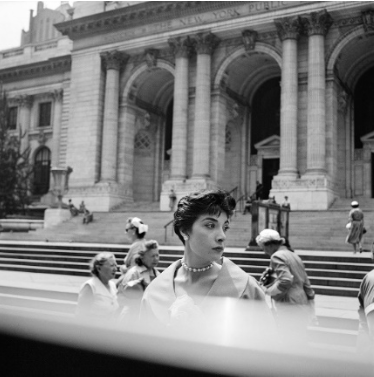 Vivian Maier Figure 5: Vivian Maier Woman in New York | Right away the attention of this photo is brought to the woman looking off into the distance. It was so moving because this woman seems like someone constantly put together and she is seen dropping her “mask” and looking away. The sun is shining down on the people. Once again, this photo was taken at a decisive moment, when the woman was looking away and framed by those walking around her. This photo is great because Vivian Maier captured a “real” photo—a moment into this woman’s life. | |
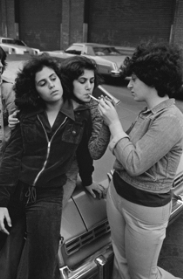 Susan Meiselas Figure 6: Susan Meiselas 1978, “The Prince Girls” on Baxter Street in NYC | Despite the mundane of the photograph, it’s moving because the girls seem unaware of the camera. The light source is likely coming from above. Meiselas was right next to those girls, having to wait for them to relax around her before taking the photo. The focus is on the woman in the left third. As with many of these photographs, this one is great because it is compositionally appealing and captured this specific moment for these girls. This photo could be recreated here. | |
1990s – PRESENT | 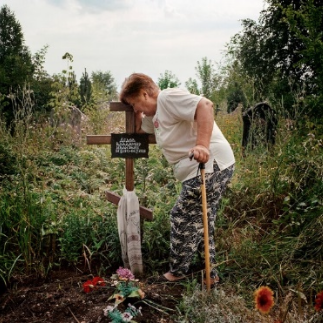 Anastasia Taylor- Lind Figure 7: Anastasia Taylor- Lind, 2022 A mother visits her son’s grave | This photograph is so moving because it is so relevant to the current situation in Ukraine. The light source is the sun above the woman. Taylor- Lind must have waited for that decisive moment when the sun moved behind the clouds and the woman leaned against the cross. The focus of this photo is on the woman; which in turn makes this photo great because you can see that the photo captured her grief. I don’t think this photo could easily be replicated here because the U.S is not in the same situation as Ukraine. |
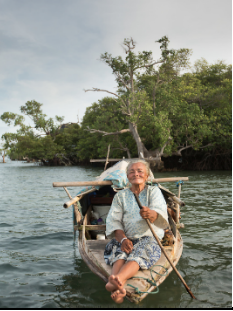 Matthieu Paley Figure 8: Matthieu Paley 2018, Bajau woman lives year-round on a Lepa | This photo is moving because it seems so wholesome, capturing an older woman living on a house boat. The light source is the sun; however, it is behind the clouds, offering a softer light. Paley most likely did have to wait to take this photo when the water and background was calm. The focus of this photo is on the woman. This photo is great because it tells the audience the story of this woman without any words. No, this photo cannot be recreated here because we have no water. | |
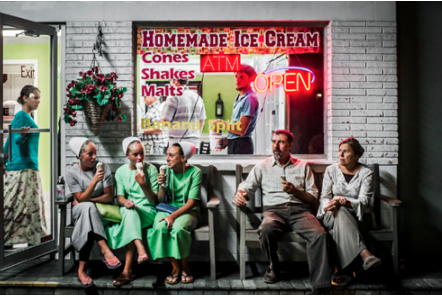 Dina Litovsky Figure 9: Dina Litovsky 2018 An Amish family enjoys ice cream in Pinecraft, Florida | This photo is moving because it seems ironic. I like this photograph because it humanizes the people sitting on the bench. The light must be coming from the street lamps and LEDs on the building. I am sure Litovsky had to wait for people to “forget” she was there before taking the photo. The focus starts at the open sign in the window and then moves to the people on the bench. This photo is great because it was able to preserve this specific moment, uninterrupted. A photo like this would be hard to make here because there are very few Amish tourists coming here. |
The main “ethics” of photojournalism include telling the truth while shooting by not staging or altering the photo to misconstrue the image. The main point of photojournalism is to accurately capture a specific moment in time. With that, there is also a sense of professionalism that must remain when shooting; for example, not paying sources for their participation, or, vice versa, do not accept gifts or favors from a source. Photojournalism should also avoid stereotyping or judging the subject of the photo. Once again, a photographer should not invoke their opinion in the photo, but rather the audience is supposed to come to their own conclusion based on the image taken.
